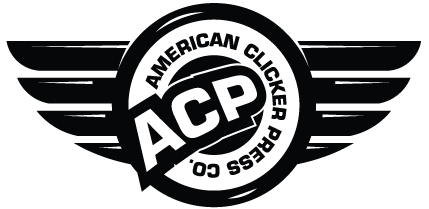Home » FAQ
Frequently Asked Questions
Are your presses made in the USA?
We tried a “Made in the USA” business model for two years and could not make it work. The infrastructure isn’t here in a big enough scale to have good machines with reasonable prices. So after the company almost died a few times and we were out of money we had to choose an interim business model. The goal is and always has been to bring manufacturing back and to produce well-made machines here.
Currently, we source our machinery from dedicated factories in China that we enforce the same quality standards we had when we were making the machines here. This means we fly out and visit factories and review standards regularly.
What are your long-term goals as a company?
Primarily to bring manufacturing back to the United States. But what does that mean? For us it means two things.
Phase 1: Bring companies the machines, processes, and support they need to make their products here in the U.S.
Phase 2: Bring back the capability to make these machines in the U.S.
Phase 1 is our current focus. Leverage our engineering and design capabilities for the U.S. market and pair that with the immense integration, scale, and competition of the Chinese manufacturing base. This allows us to meet the requirements of manufacturers here while keeping pricepoints down where a garage leather operation and a thermoforming workshop can grow their capabilities.
Item #2 is our longterm focus. We’ve been designing, testing, and revising our machines since 2020 and have some really exquisite capabilities to share soon. The goal is to provide immense value to our customers. If the cost of building these in the U.S. (or North America) meand the machines cost twice as much then we better make sure they generate triple the value or more for the customer. This can be done by allowing more features, interchangeability, precision, and versatility. If we can replace 4 of your machines with one of ours we’ve done our job. If we can do that for ⅓ the cost of all 4 of those machines it’s even better.
This strategy looks good for large companies but I’m a small business. Will you be able to help me?
Of course. We are a small business and are intimately aware of the limits on capital, space, and labor. We get it. Truly. That’s why we’ve been leaning heavily into modular systems that can be upgraded over time. The target customer experience is that you can buy the base model and start production. Then as you grow you can upgrade the software and accessories to scale with your production. We also work to give you the ability to finance your machine so the productivity it brings will pay for itself.
Why are your prices higher than the median market price for these machines?
Yeah, this is the killer question. We get this question now and then. Previously we kept our costs on par with competitors to meet customer expectations but this proved to be a really bad idea. We were constantly changing components and suppliers for the cheapest price. We were constantly working to match industry standard minimums. This made it impossible to support our machines as well as we like to and lead to unforeseen failures of components because we hadn’t thoroughly tested them. Now all of our machines come with the same components from the buttons to the seals to the motors. All these parts have been thoroughly tested to avoid excessive downtime on the machine for maintenance and service. This commonality of proven parts allows us to provide replacements and service work at a moment’s notice for most things but unfortunately leads to a surcharge in prices to maintain that standard. We spend a lot of man-hours and time performing nationwide service calls for people who have bought machines from other companies.
Whether through a lack of coverage, long lead-times, or going out of business, these machines are not being supported by their manufacturers and the customers lose far more money in lost production and wages for general hydraulic and electrical service technicians than they would had they elected to buy our machines and have them supported by our team.
This isn’t to denigrate any competition, we’re happy for the competition. It is critical to have competitors to keep you under pressure to reduce costs, improve capabilities, and meet customer needs. However, we do no service to the American manufacturing industry by fighting for the bottom dollar and failing to support our machines over the decades of machine operation.


